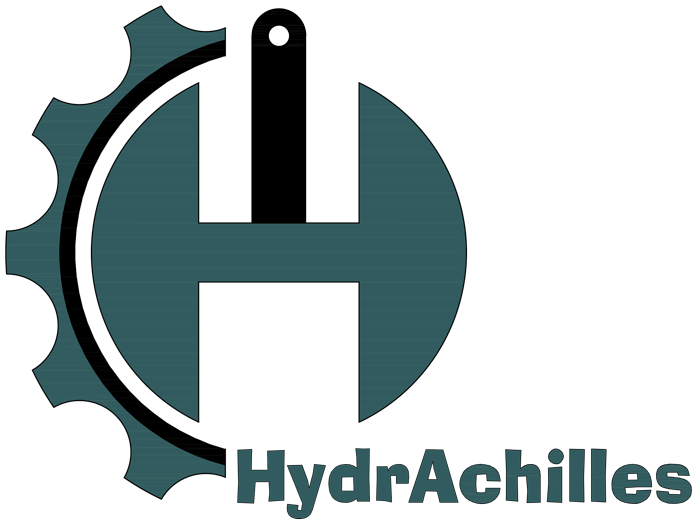These building structures are precious in culture and history, representing feats in architecture as well as the identity of a community. They are, however, very often beset with unique problems of stability and resilience, especially where natural forces such as seismic activity and wind prevail. Traditional buildings have not been designed to respond to these forces, and thus, there is a need for modern interventions that make sure they will last. Viscous dampers have been widely used in retrofitting heritage structures, and they provide an efficient solution that does not affect the originality of such irreplaceable buildings.
How Viscous Dampers Protect Heritage Structures
These viscous dampers conserve heritage structures by dissipating dynamic forces that, over time, may weaken or damage them. They are valuable in absorbing and dissipating energy without applying additional stress to the building’s original materials. The detailed mechanisms of protection provided by viscous dampers to heritage buildings against natural and artificial loading are presented in the following section.
- Energy Dissipation: The viscous dampers dissipate the inputted energy through kinetic energy due to an external force, usually coming from earthquakes and strong winds. In dissipating it into heat, they prevent that energy from reaching the structure itself, which becomes vital in cases involving older materials that should not take extra load.
- Minimal Structural Impact: Traditional structures are often built from materials that do not lend themselves to modern reinforcement techniques. Viscous dampers can be installed with minimal invasiveness, preserving the original architecture while adding an essential layer of protection.
- Reduced Maintenance Needs: Because of their age and heritage, heritage structures typically require very gentle maintenance. Viscous dampers reduce dynamic forces that contribute to wear and tear, and thus, heritage buildings maintain most of their original form and generally require less frequent repairs.
Benefits of Using Viscous Dampers in Heritage Retrofitting
They provide quite definite practical and protective advantages over viscous dampers in heritage structure preservation. Each of these advantages adds value to such buildings in their quest for long-term stability and safety, hence making viscous dampers an important component in today’s retrofitting processes.
- Enhanced Seismic Resilience: Most heritage structures are in seismic-prone areas. Viscous dampers can absorb seismic waves and reduce the risk of extensive damage during an earthquake, something of utmost importance on historic sites.
- Preservation of Aesthetic Integrity: The major challenge for retrofitting is maintaining the building’s aesthetic integrity. Viscous dampers could be installed at appropriate strategic locations to preserve the visual aesthetics at heritage sites without compromising historical beauty.
- Cost Savings in Long-Term Maintenance: Yes, heritage buildings do require a lot of maintenance work due to the age factor and constraints of materials used. The viscous dampers can reduce dynamic stresses and hence allow cost reduction in the maintenance expenses over some time can be utilized in some other preservation works.
These benefits highlight Applications of viscous dampers in retrofitting heritage structures, demonstrating how they balance historical preservation with modern safety standards.
Conclusion
Retrofitting viscous dampers in heritage structures maintains structural stability, aesthetic balance, and a historical dignity that no amount of financial valuation can replace. The main dynamic forces of protection these viscous dampers provide come through dissipation and absorption, thus holding intact heritage sites through generations. They enable engineers to heed the call of contemporary safety needs without touching the authenticity and aesthetic of historic architecture. Including viscous dampers may be an intelligent approach to the preservation of heritage structures for those interested in such a way that these buildings may stand against time and environmental forces.
FAQs
- How do viscous dampers contribute to the preservation of heritage buildings?
Viscous dampers reduce vibrational forces, protecting the structure without altering its original design or materials, which is essential for heritage preservation. - Are viscous dampers suitable for all types of heritage structures?
Yes, due to their minimal invasiveness, viscous dampers can be adapted to a wide variety of heritage buildings, ensuring stability without compromising aesthetics. - What types of forces do viscous dampers protect heritage structures from?
Viscous dampers help reduce the impact of seismic activity, wind, and other dynamic forces, keeping heritage buildings safe from damage caused by these stresses. - Do viscous dampers require regular maintenance in heritage buildings?
Viscous dampers are generally low-maintenance, which makes them suitable for heritage structures that need to retain their original appearance and structure. - Can viscous dampers help reduce the long-term maintenance costs of heritage buildings?
Absolutely. By minimizing stress on the building, viscous dampers help extend the life of original materials, leading to fewer repairs and reduced long-term maintenance costs.



Leave A Comment